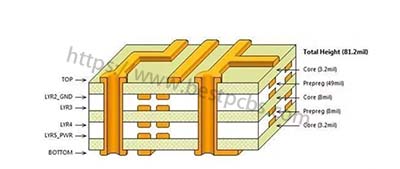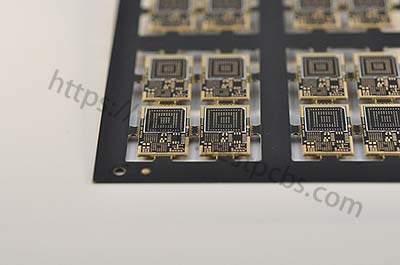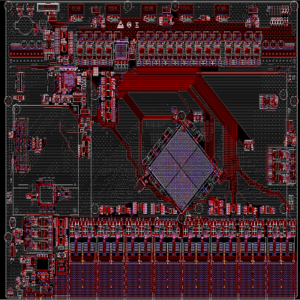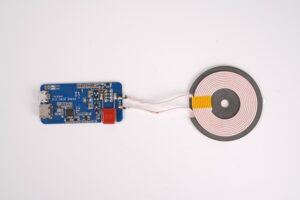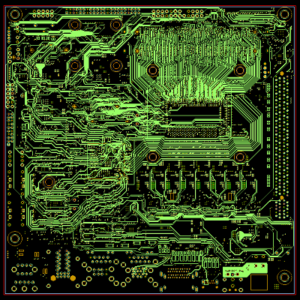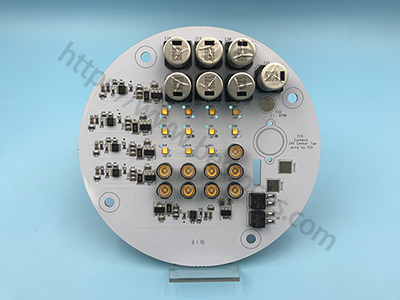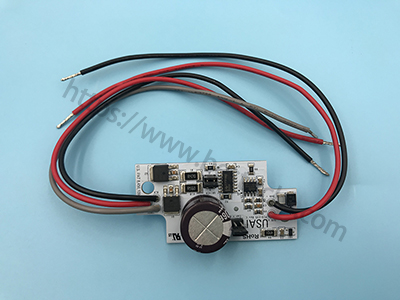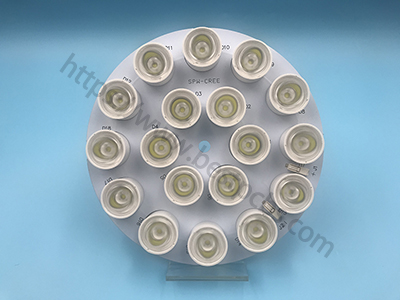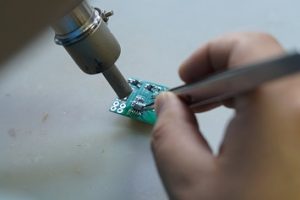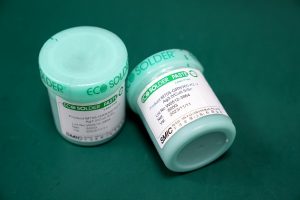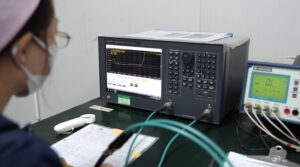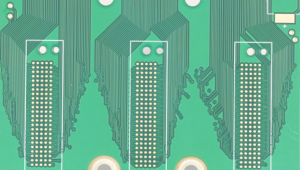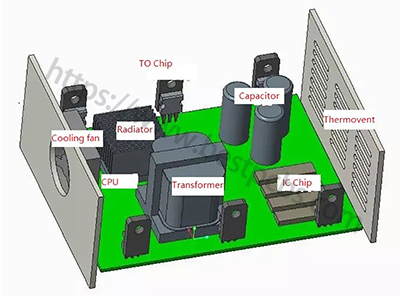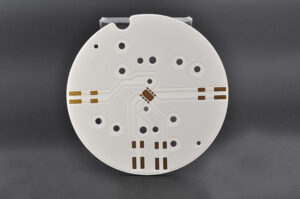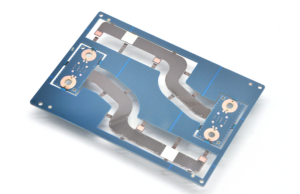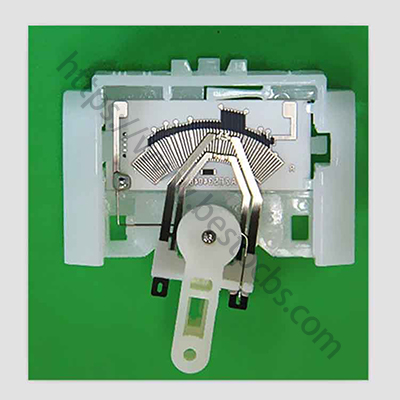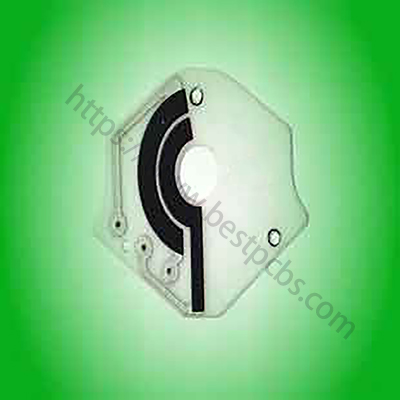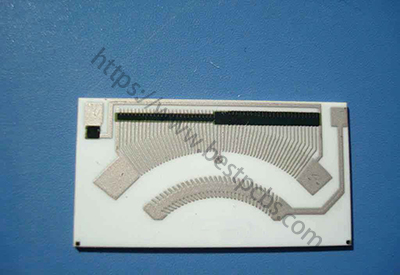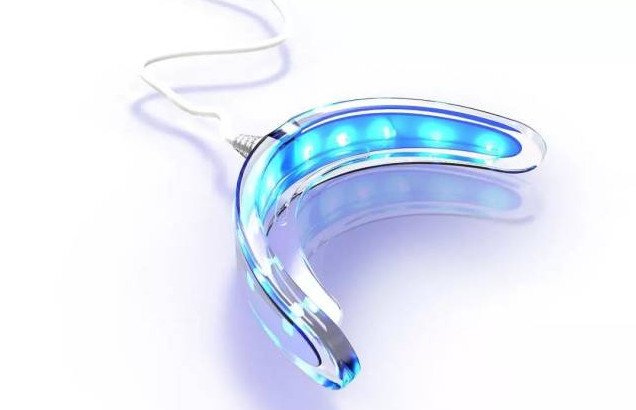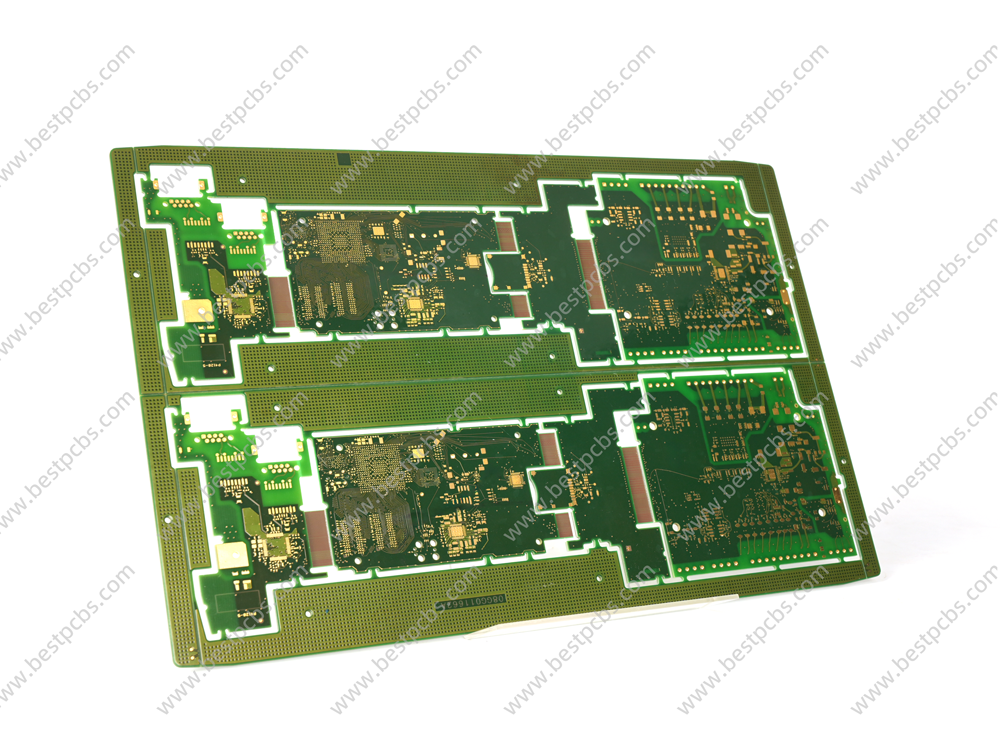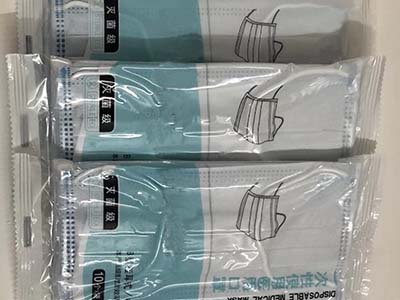When it comes to multilayer PCB, we know the multilayer PCB are consisted by many different layers. Do you know what’s the purpose for these layers?
Here I would like to give you a brief introduction for the functions of each layer on a Multilayer PCB design.
Mechanical layer: There may be one or several mechanical layers in a PCB depending on the design. There should be at least one mechanical layer as it shows the physical dimensions of the board. Generally, it used GM1, GM2 to name the file on the Gerber.
Solder paste layer: This is a material applied onto the PCB layers where components are mounted, mostly through soldering. It helps with the bonding of the solder with the component pin and improves the solder flow. PCB Assembly supplier will make stencil according to the solder paste layer on the Gerber.
Generally, it used GPS, GBS to name the file on the Gerber.
Solder mask layer: This layer is a mask or a protective coating applied onto the board to prevent damage and contamination. It is typically green in color; however, you can also choose other colors such as blue, black, white depending upon your requirements. Generally, it used GBS, GTS to name the file on the Gerber.
Ground planes and power planes: These are layers for copper, the ground and the power planes are connected to an onboard voltage point. Generally, it used GND, PWR to name the file on the Gerber.
Split planes: This is a modified version of power and ground planes; they are split in a manner that they can be connected to multiple voltage points or potentials.
Keep out layer: This layer is crucial as it defines the working boundary and keeps it separate from the outer mechanical layer. Generally, it used GKO to name the file on the Gerber.
Silkscreen layer: This is typically the text displayed on the boards through which you can identify components with their names. It is typically white in color when solder mask color is green, black, blue and red. But you can also choose other colors such depending upon your requirements. Generally it used GTO, GBO to name the file on the Gerber.
Routing layer: These layers help to interconnect the components. They can also be present on the top and bottom layers of the board.
Drilling Layer: This is the layer to show the drilling information of the PCB. Usually, it names DRL on the Gerber.
Once we understand the purpose of each layer for PCB, then understanding the construction of PCB becomes easy, no matter how complicated the board structure.
With over 15 years of PCB manufacturing experience, BEST Technology can meet different requests from customers no matter it is prototype or high-volume PCB.
Send us your request, let us to make the high-quality printed circuit boards for you.



